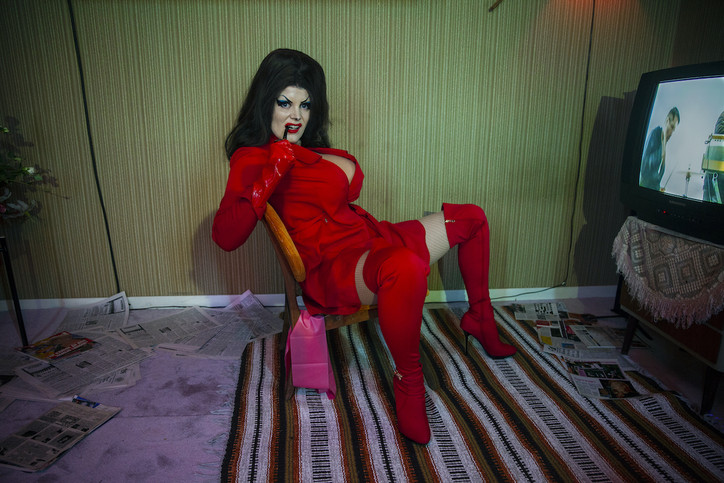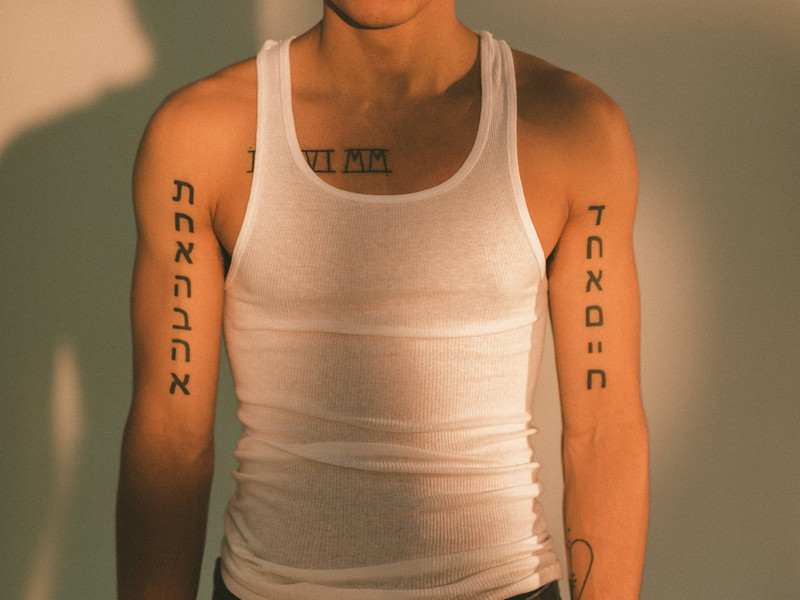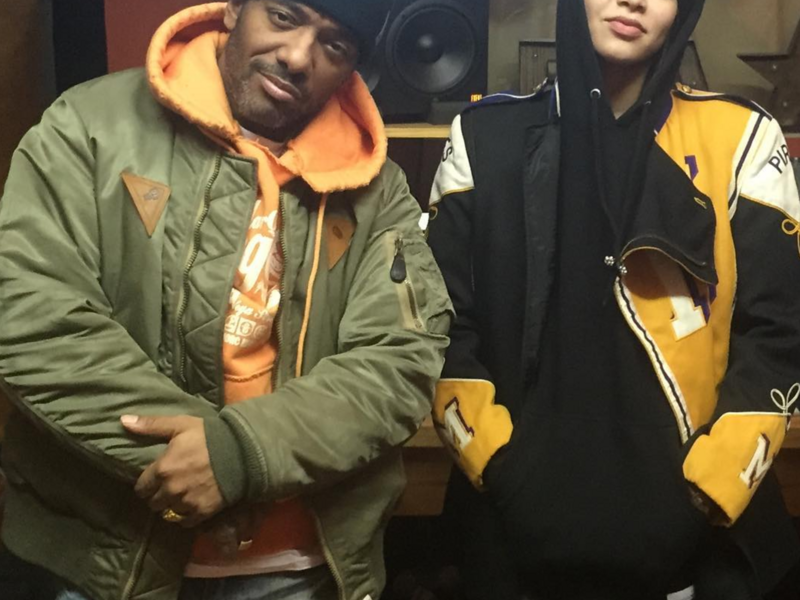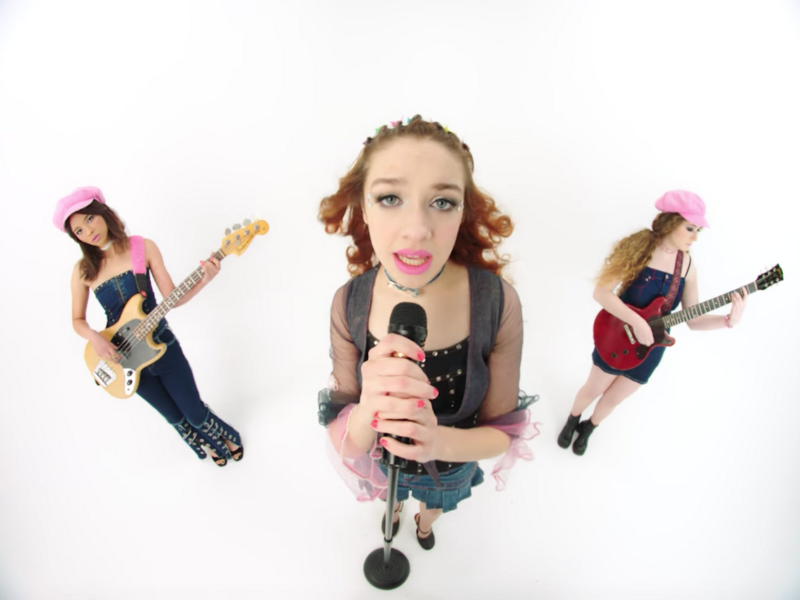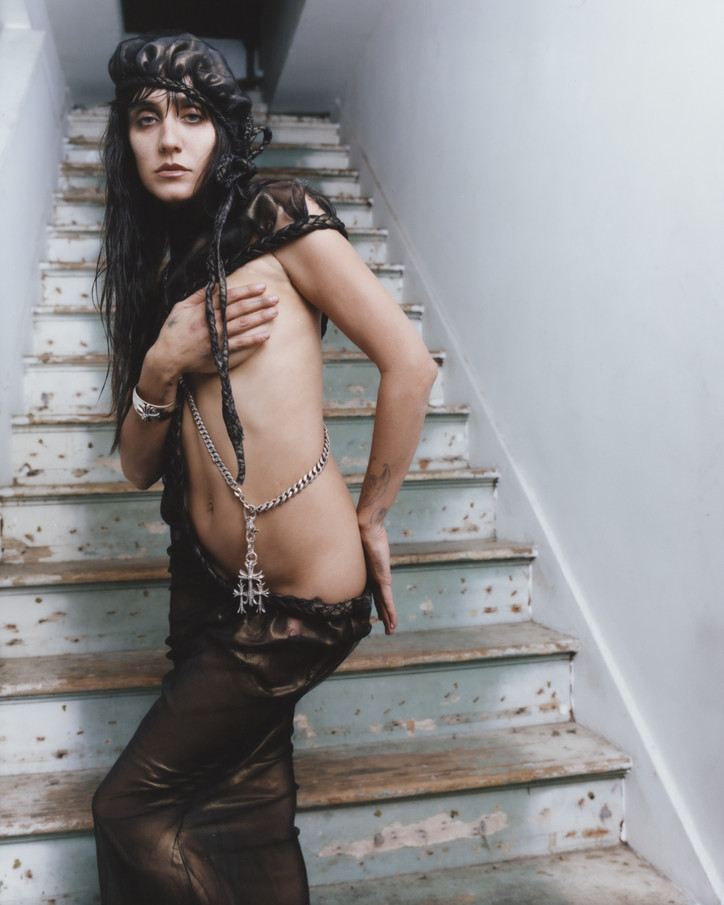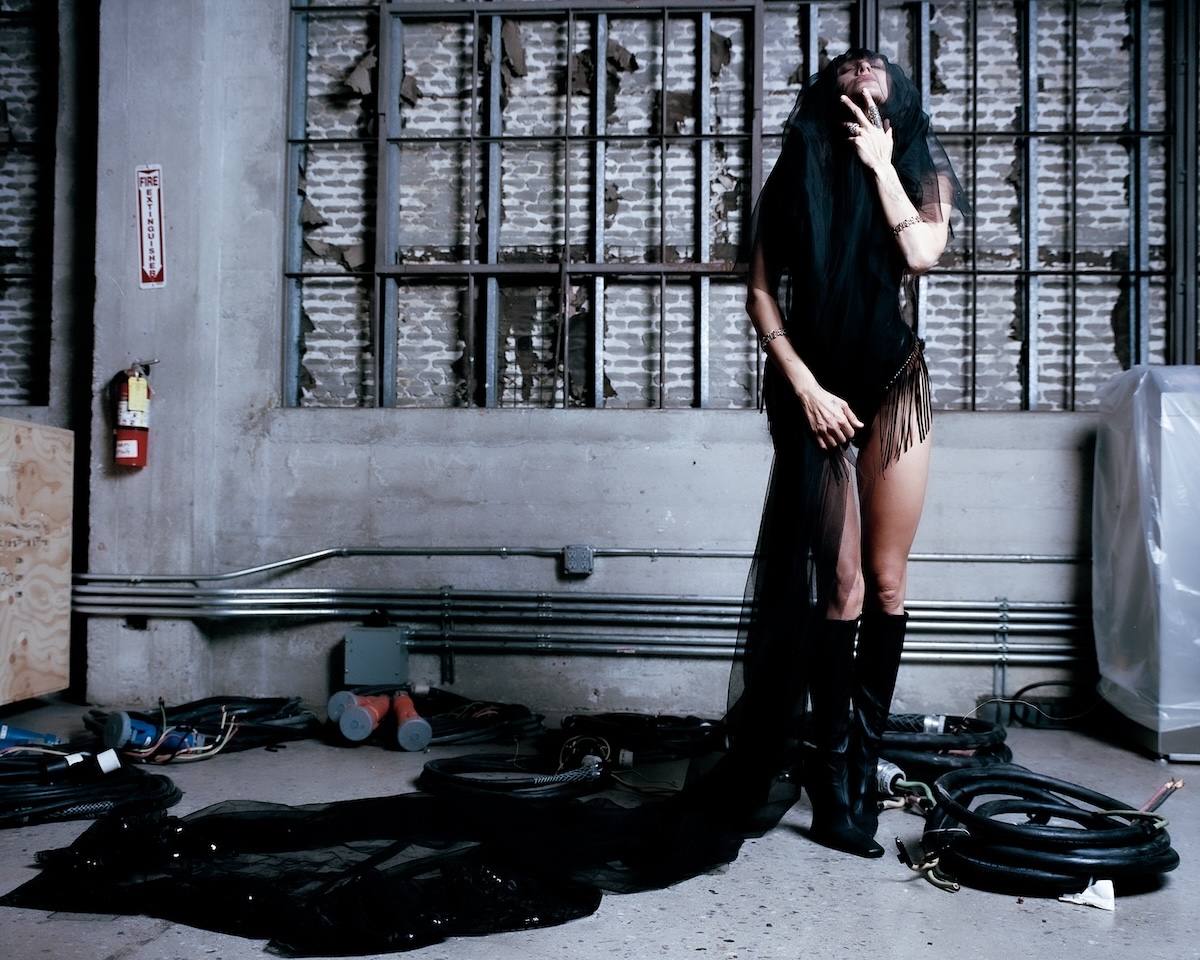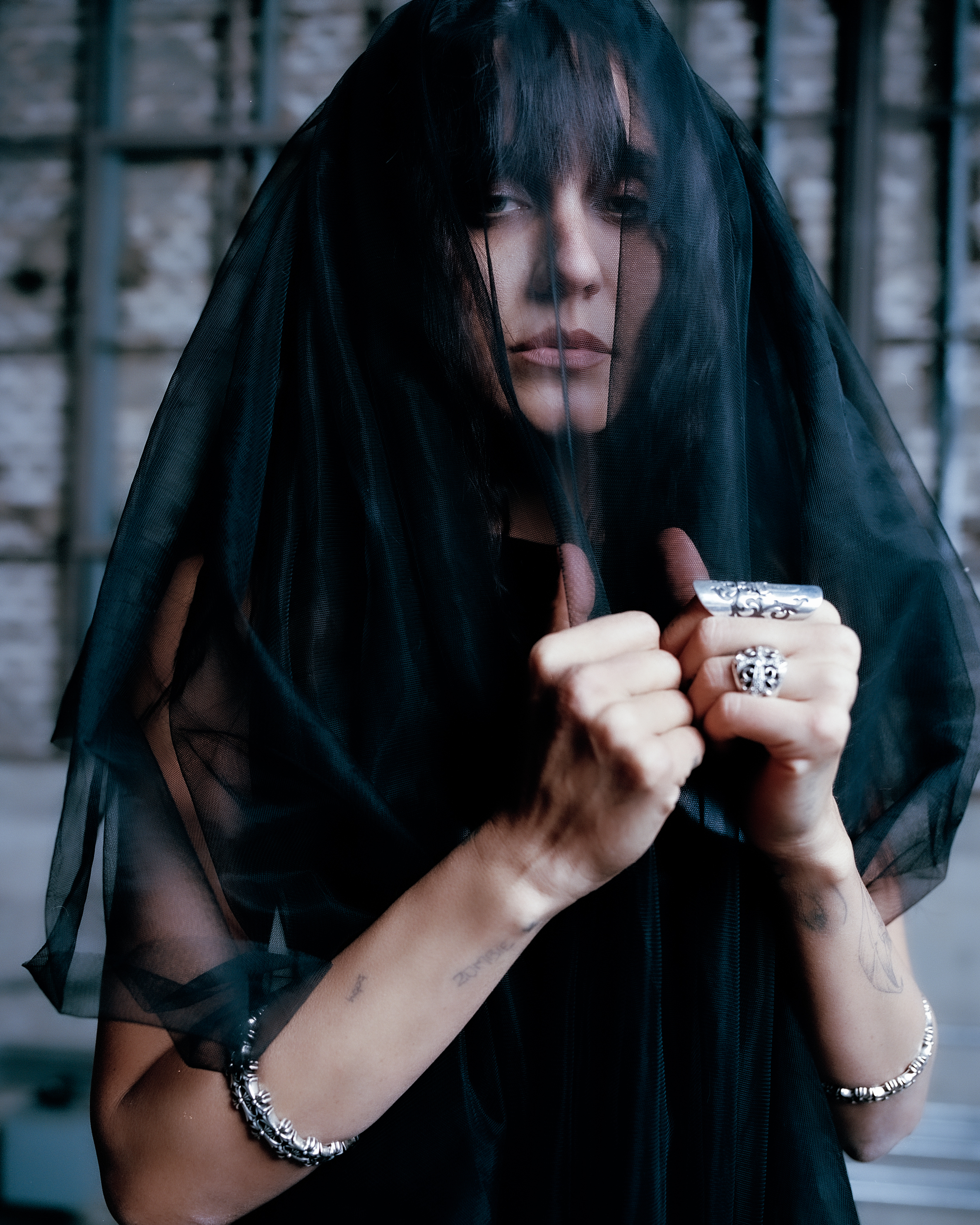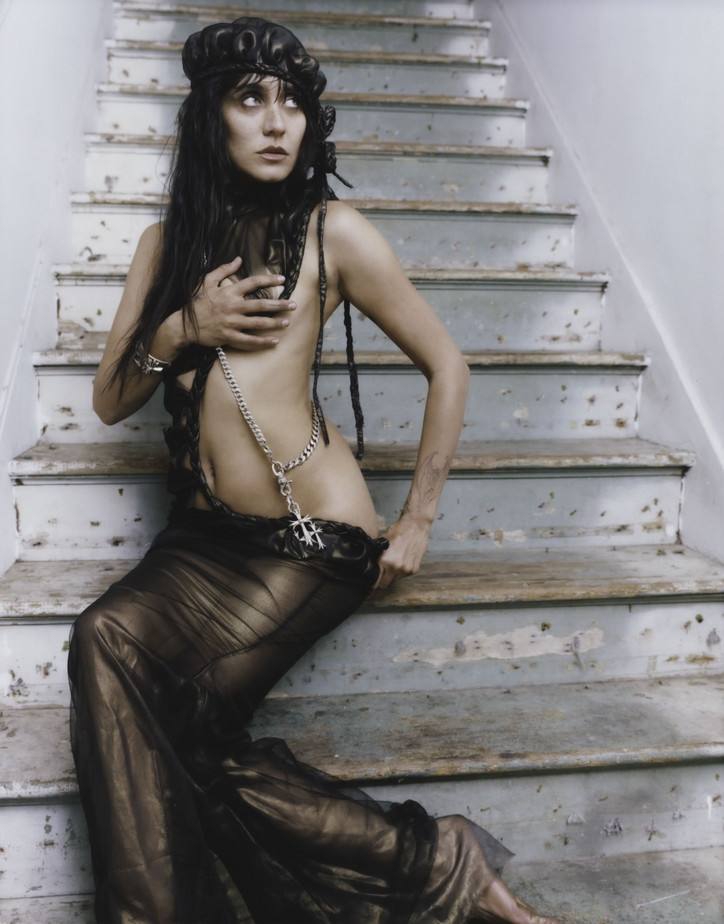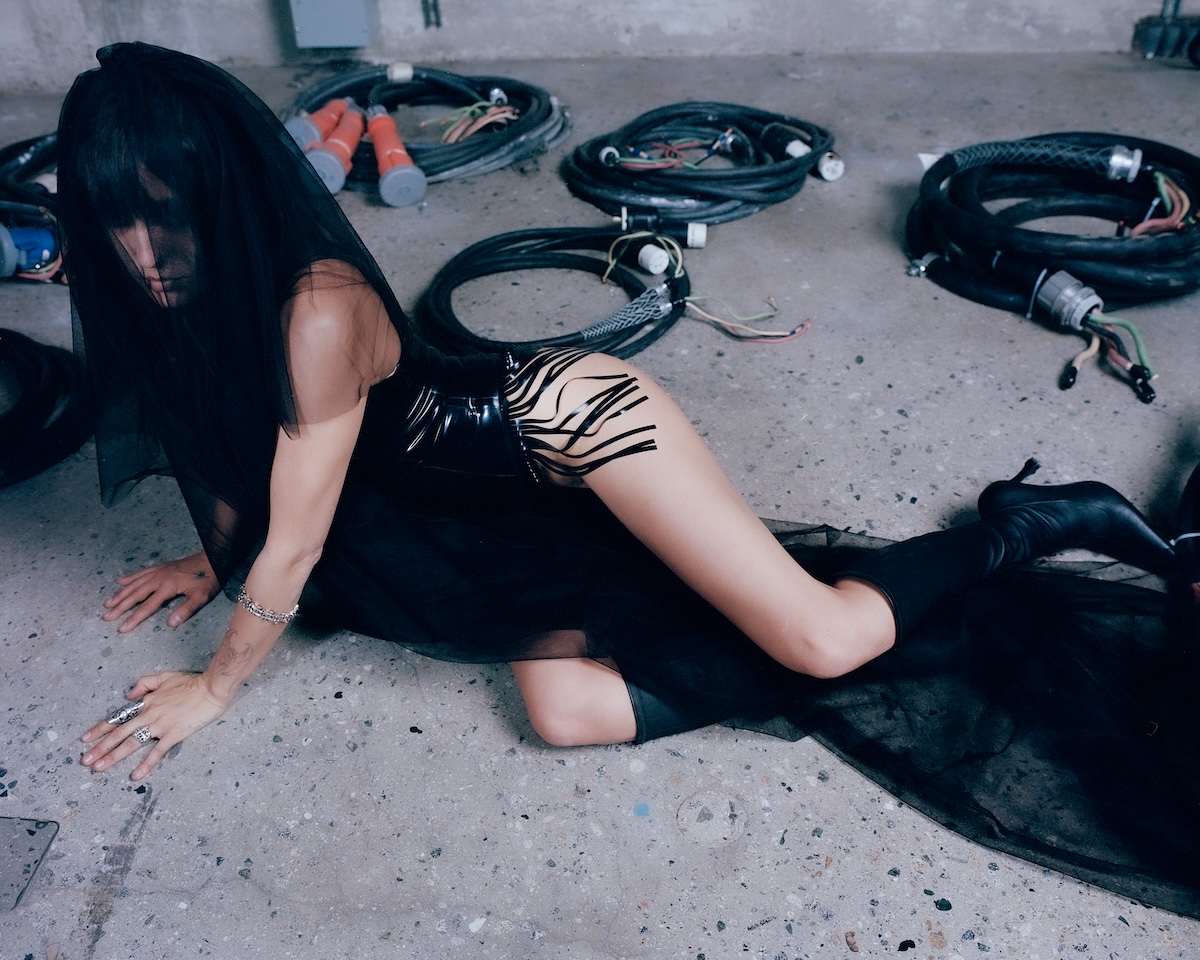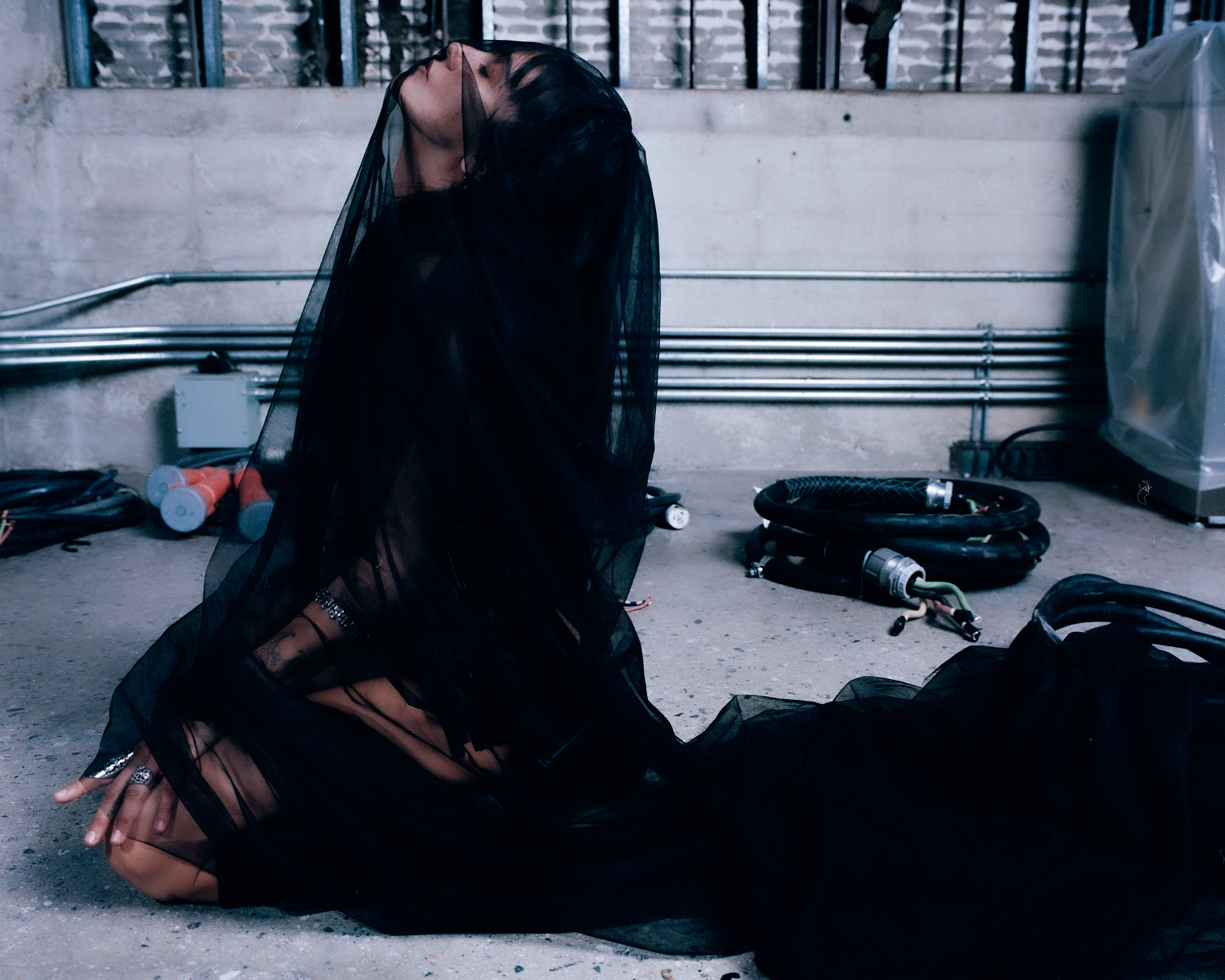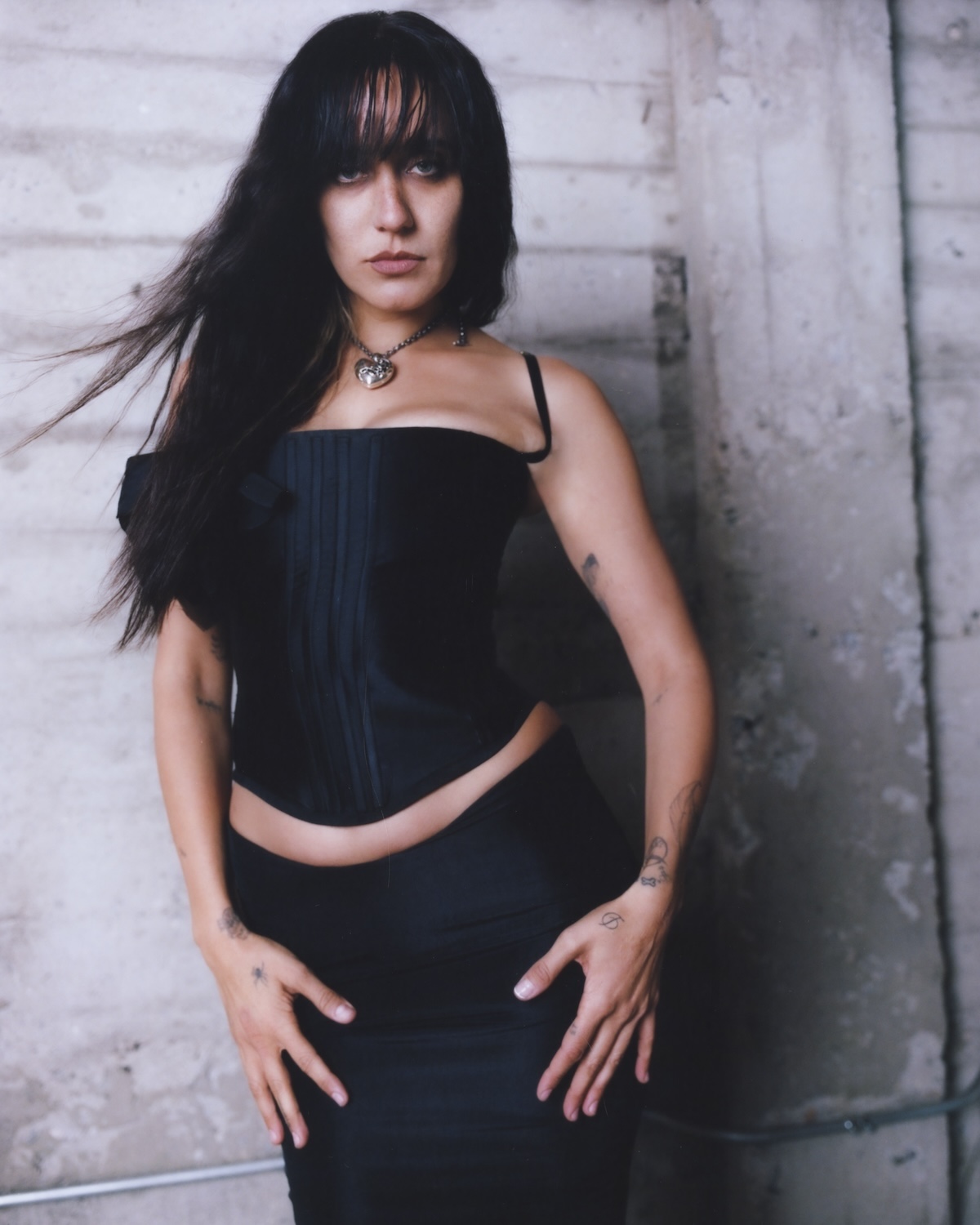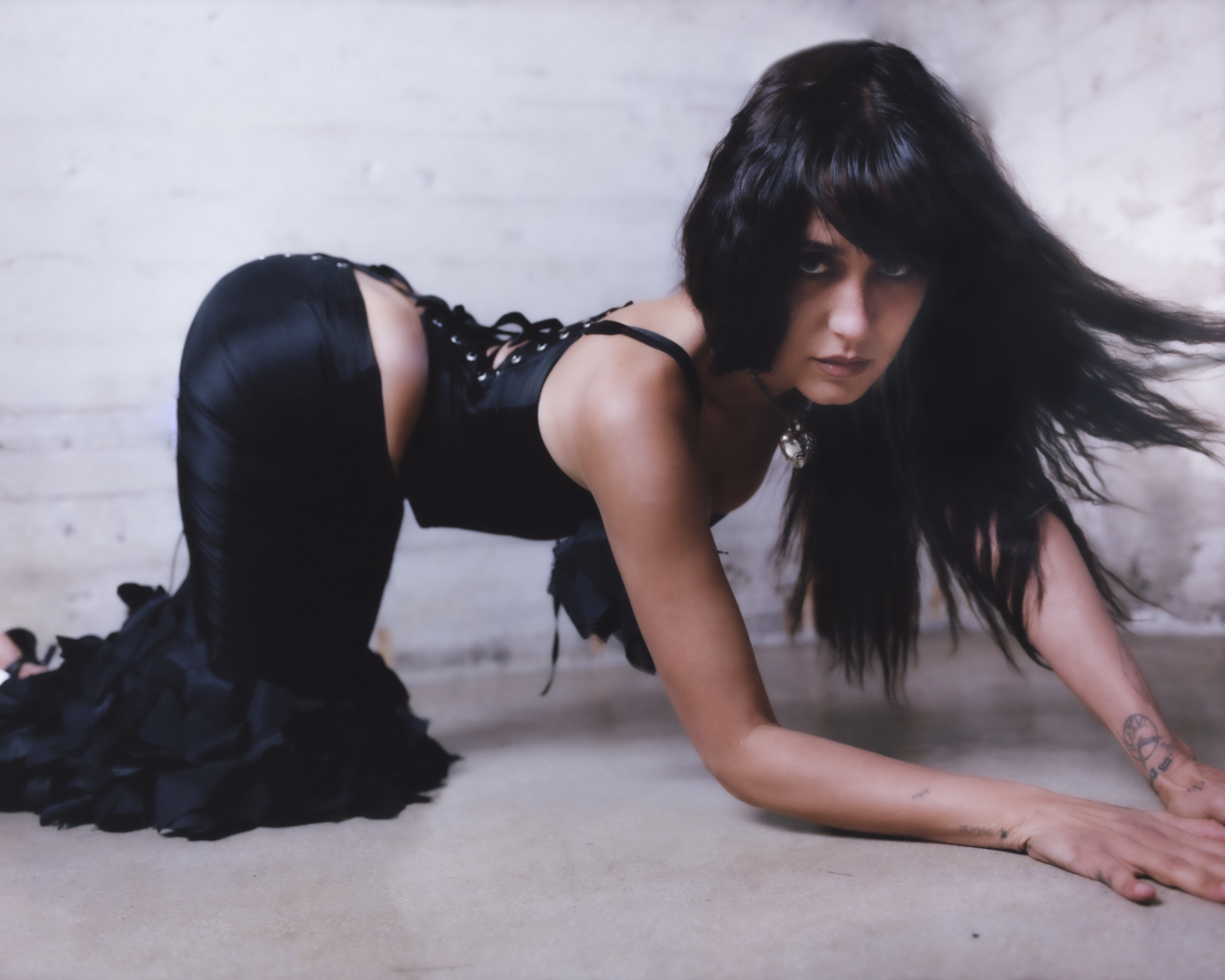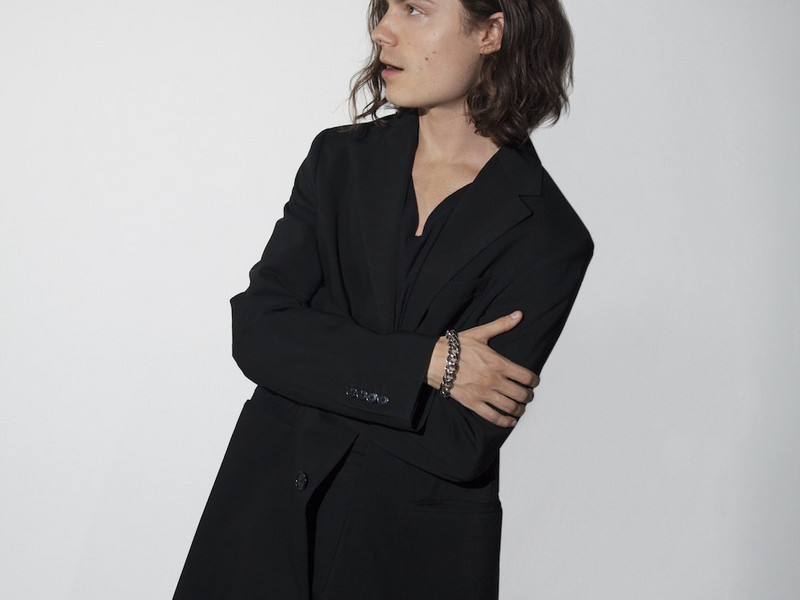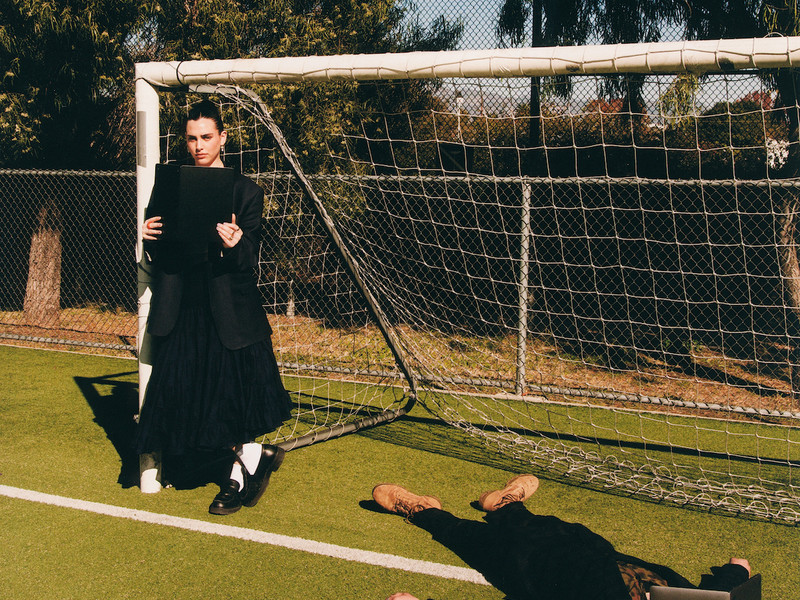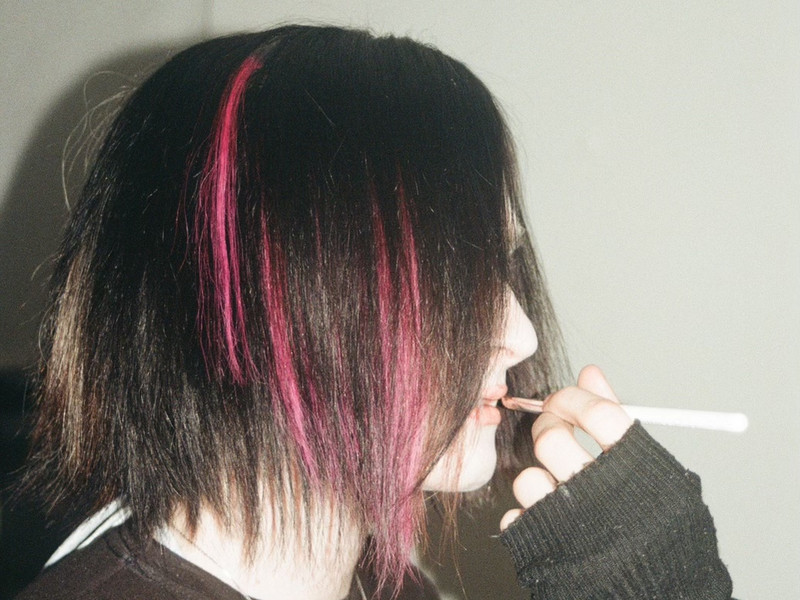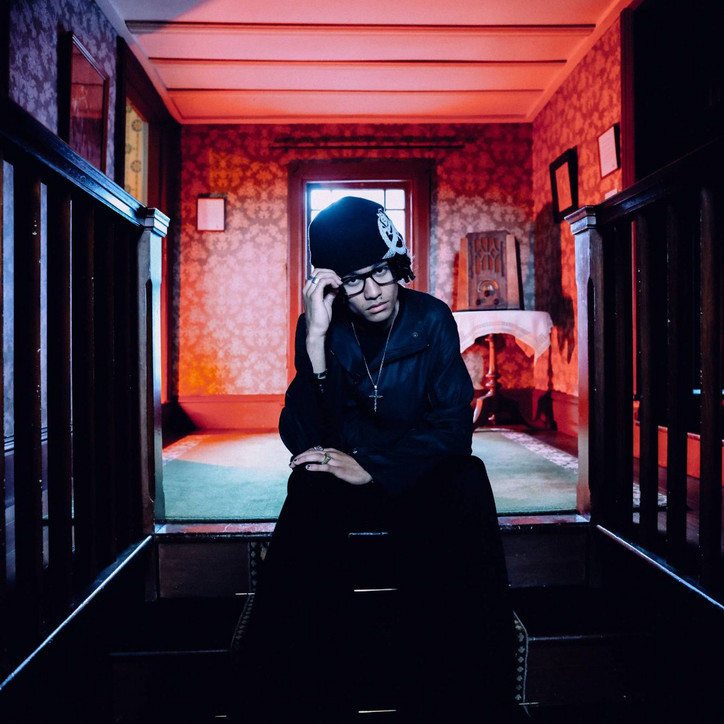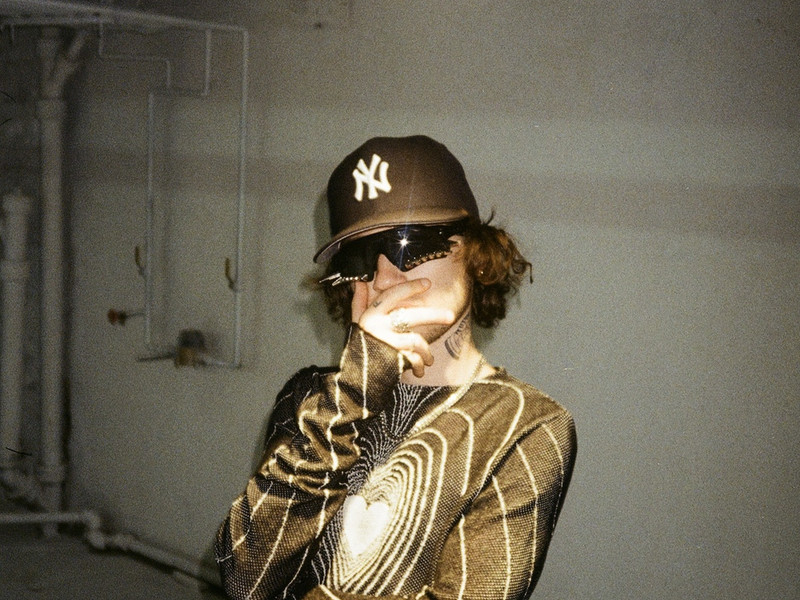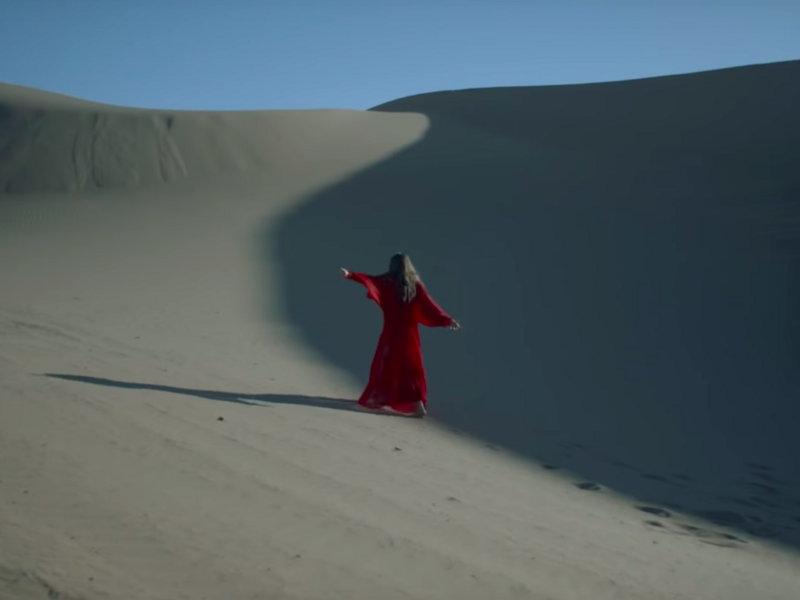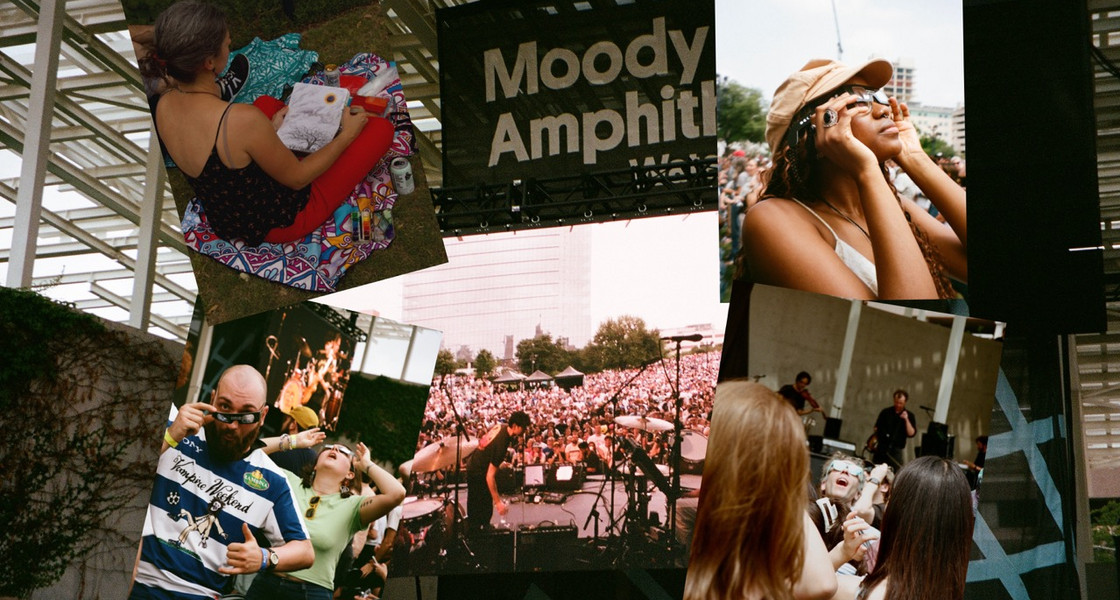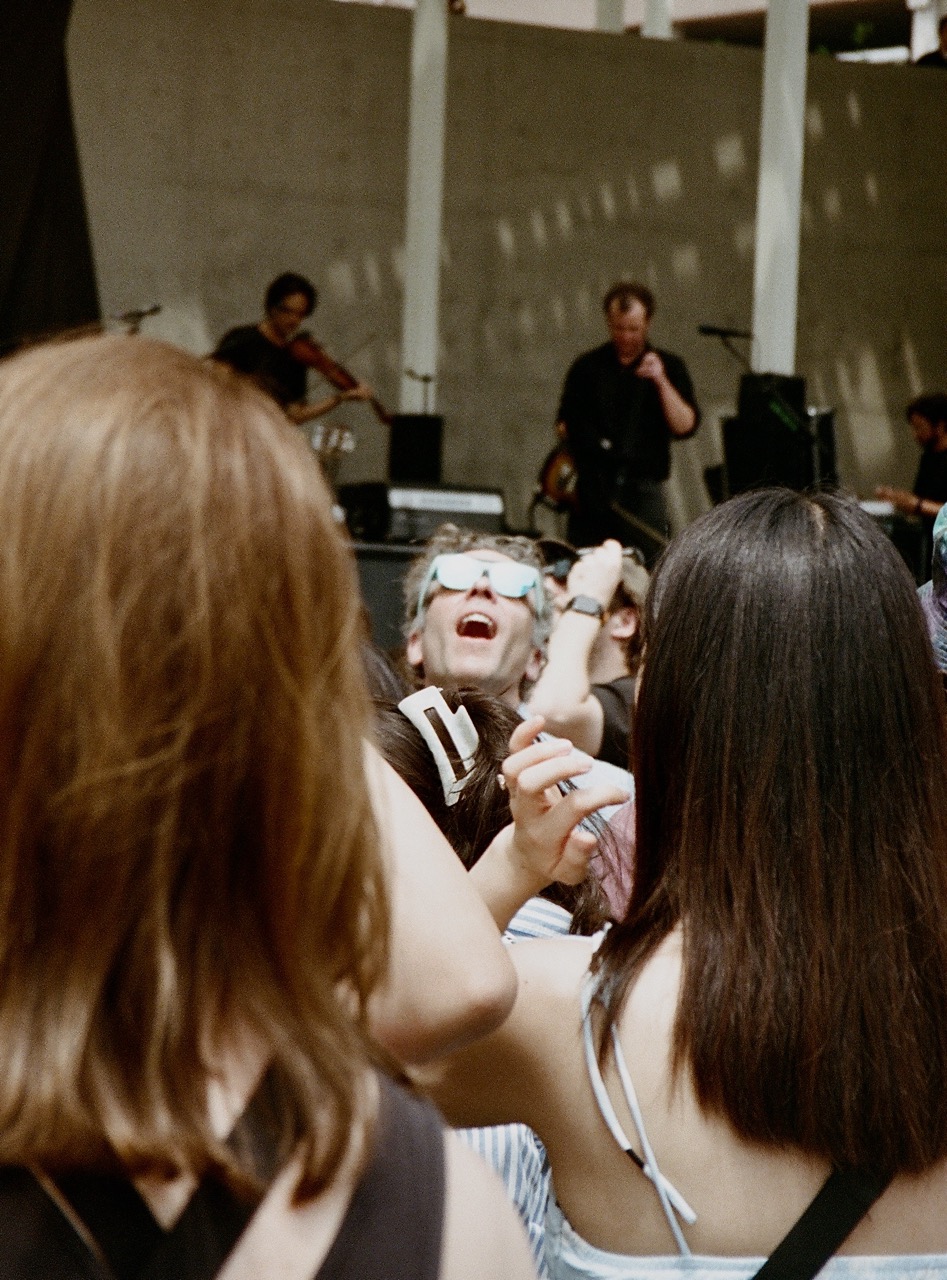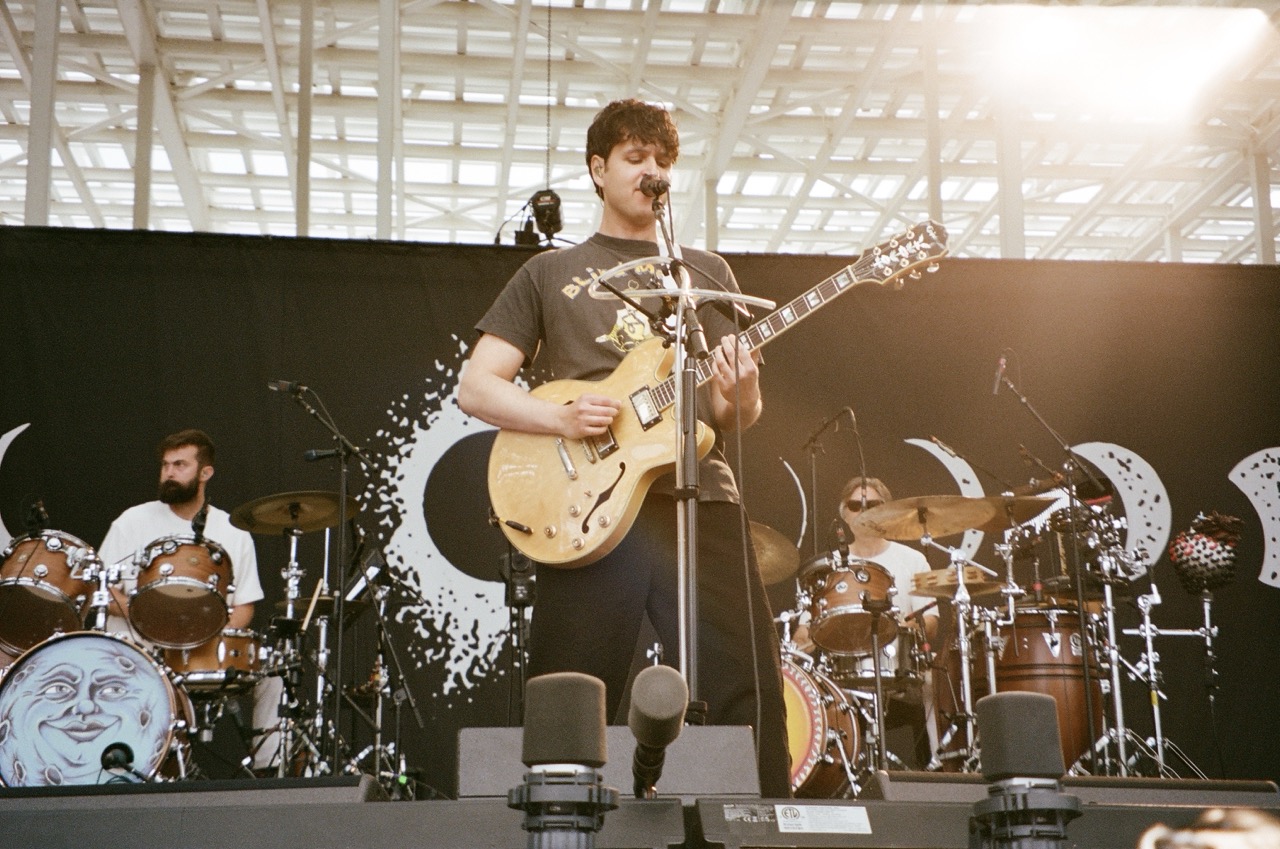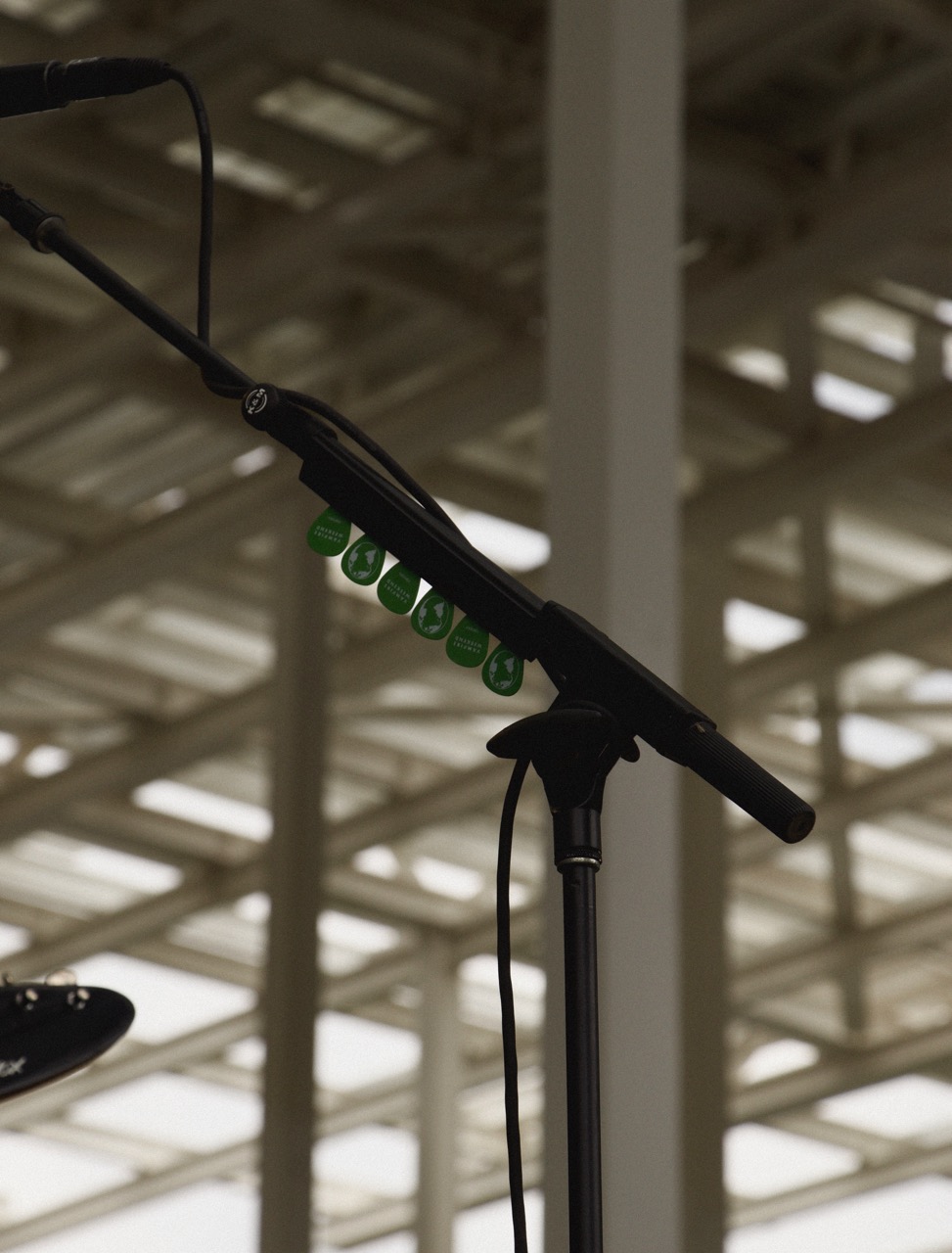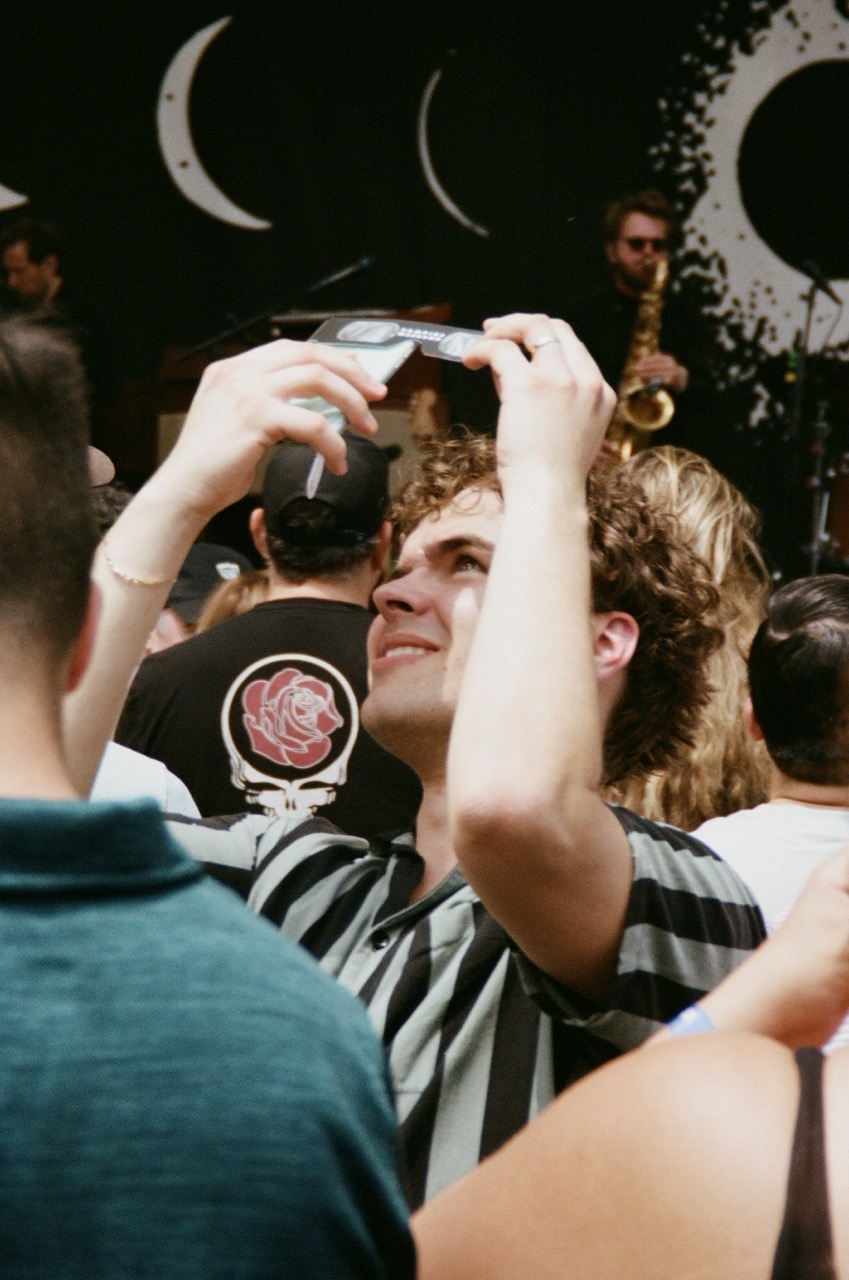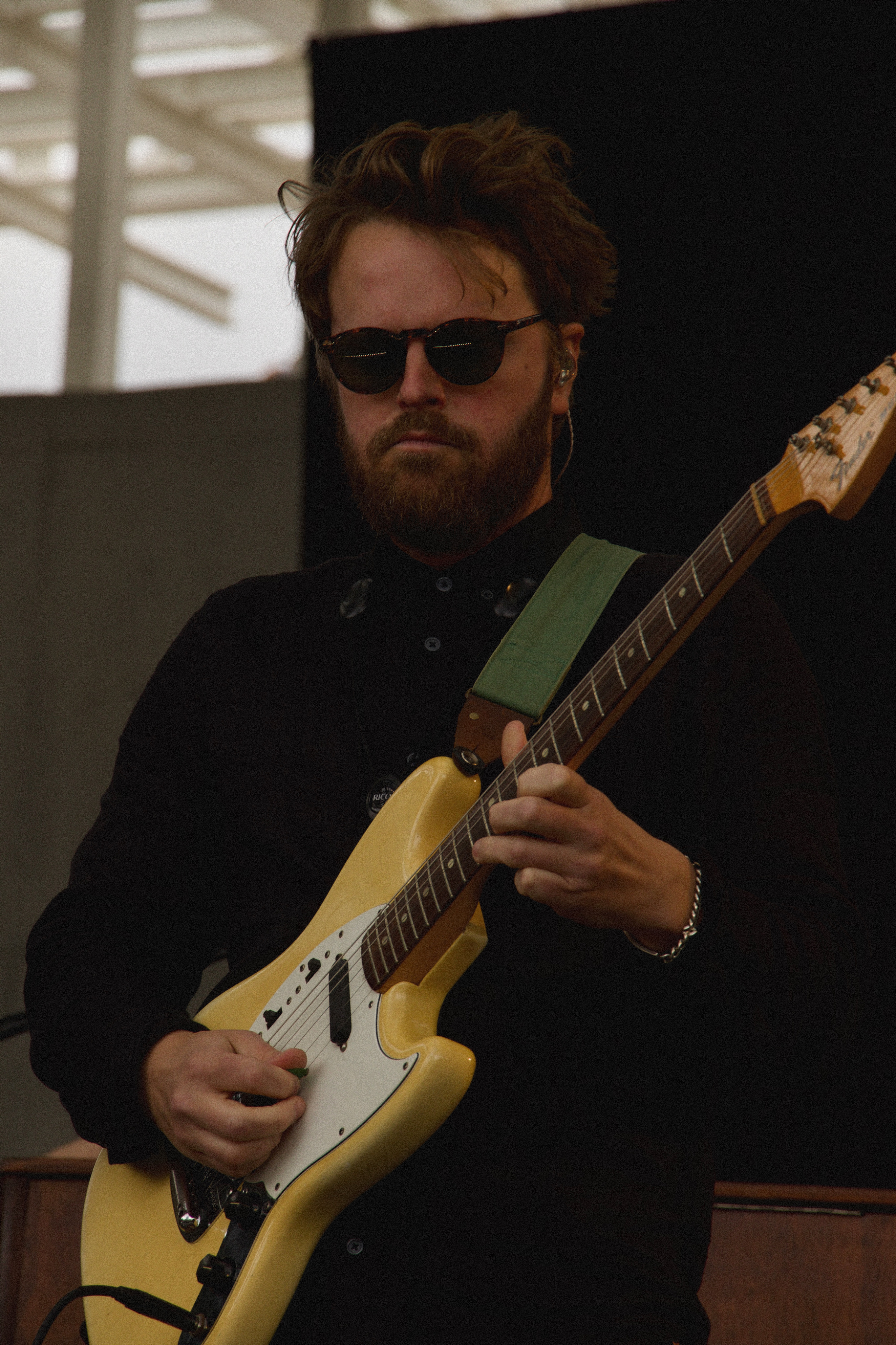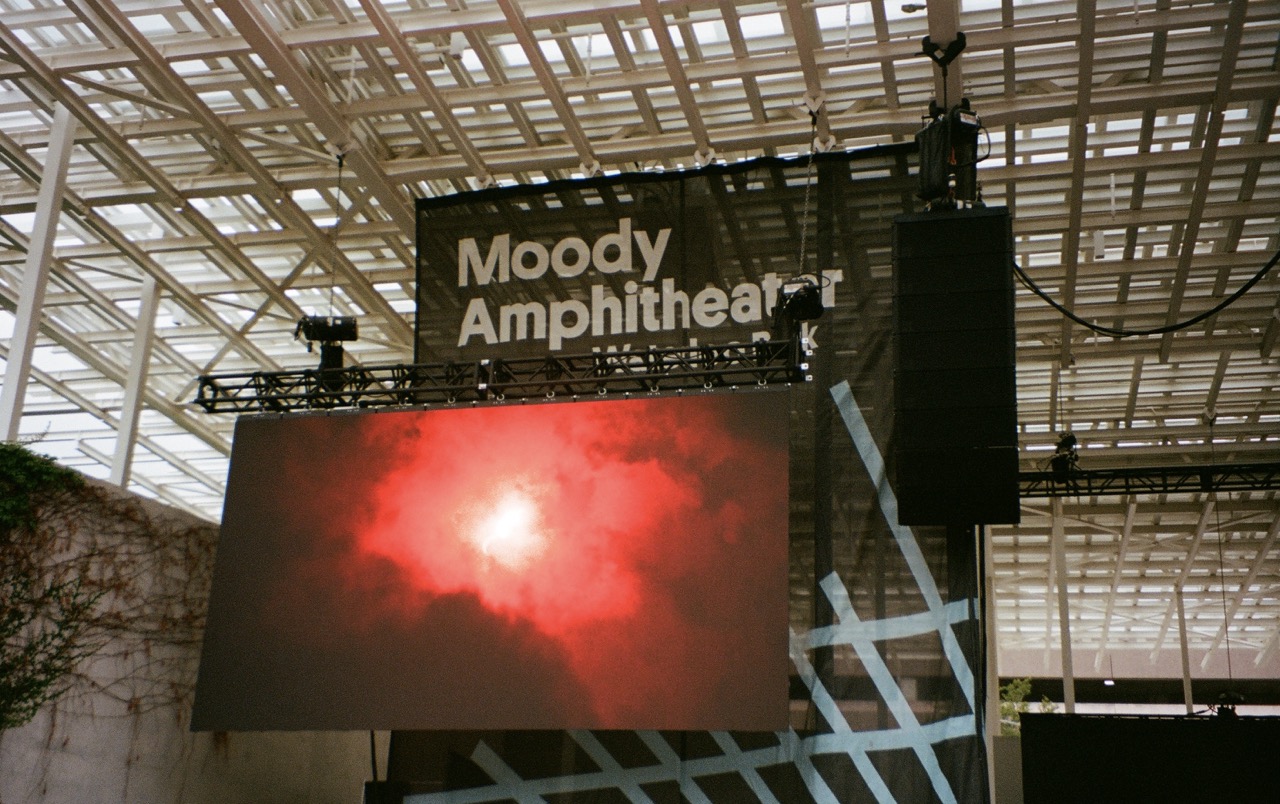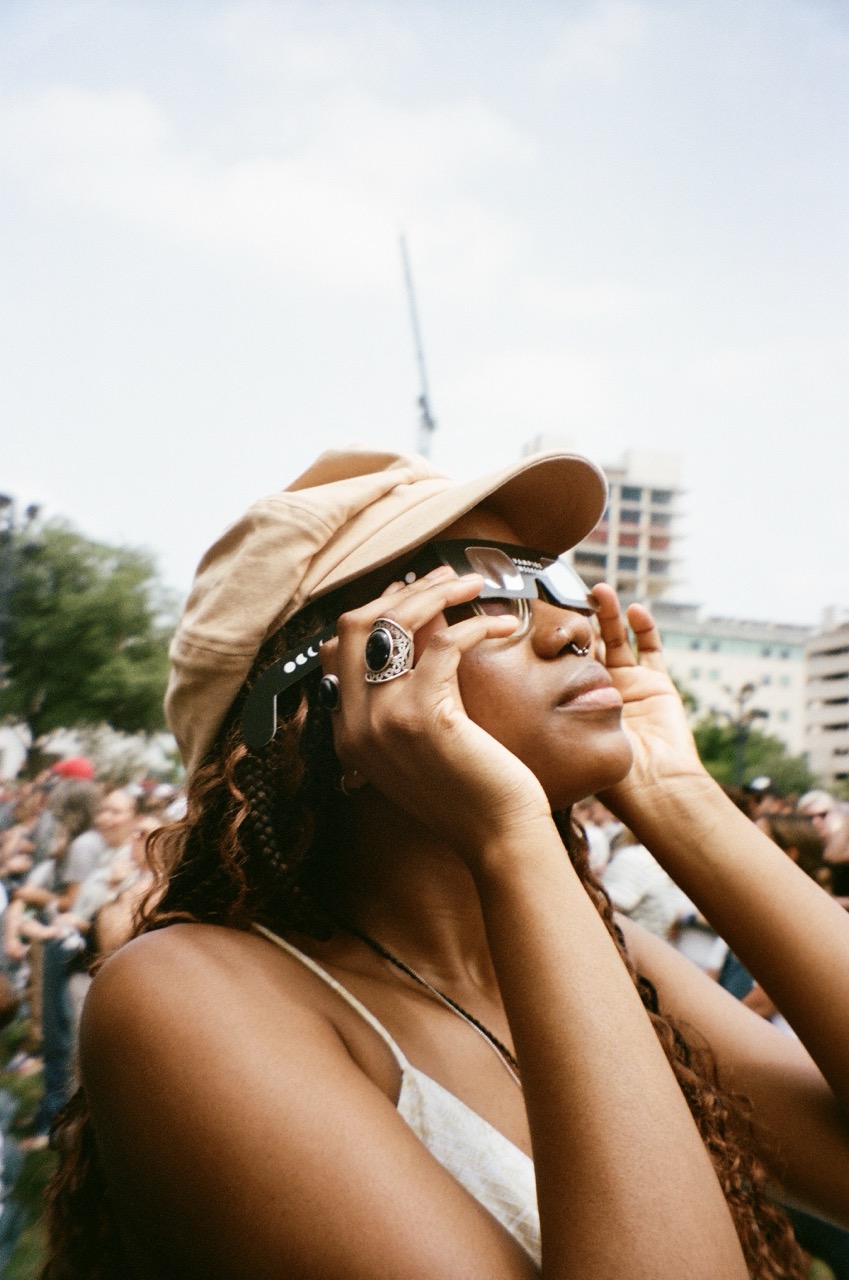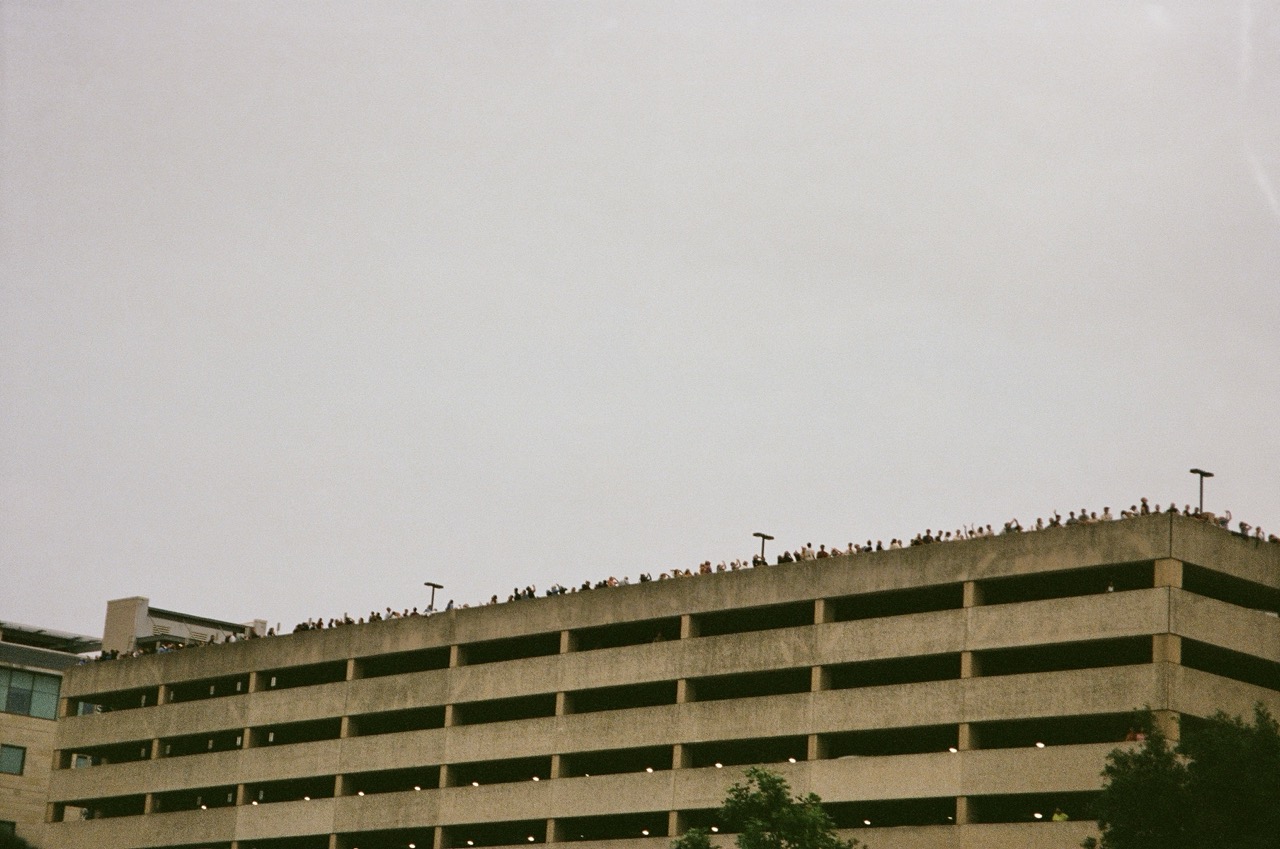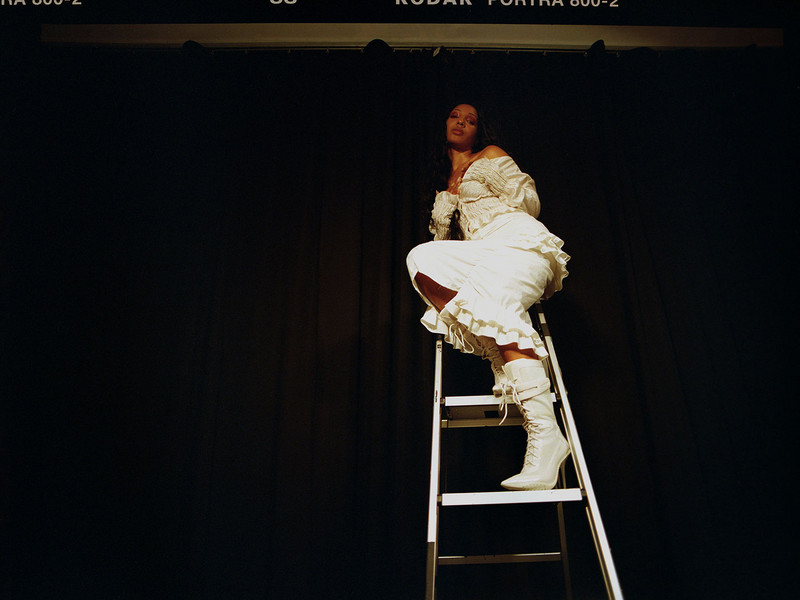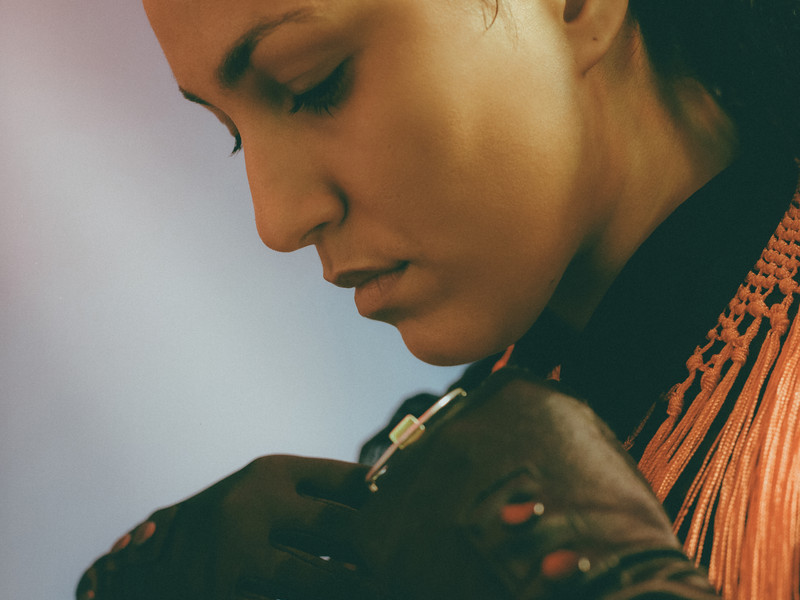Fever Ray Knows No Shame
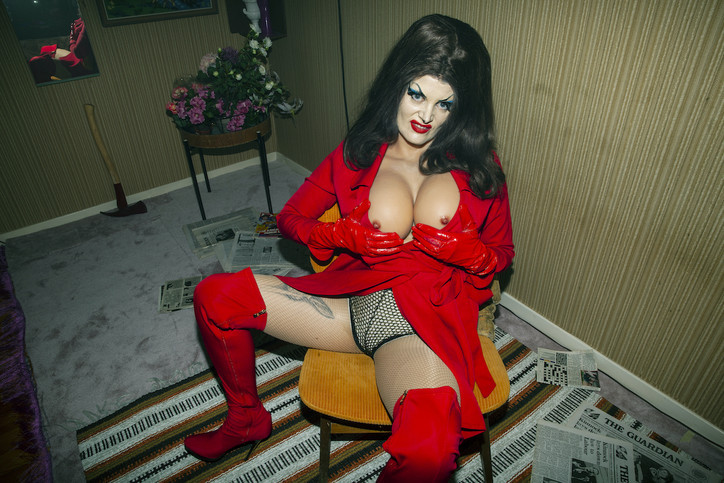
When you first started making music, was it different from the work you're putting out now with Radical Romantics?
I started to make music 35 years ago. So I've been doing this for a very long time now. When I started to make music, I had no idea one could have it as a profession or make money out of it. Back then, I just [made music] because I just felt I had to do it. There was a strong urge to do it, which I still have. But, back then I also did a lot of other things. I went to school, I worked on a lot of other things. And now ,I think after every album, “What am I going to do now?” I’m not sure — I’m never sure that I will continue making music. I'll think, "maybe now it’s time I need to start studying to get some other kind of job or something." But then I always come back to the fact that there is this thing I need to find out more about and there are still stories to tell. I take it very little at a time.
When a lot of people first start out with music and touring, they go at it really intensely and burn out. I don't know if that's happened for you, but if it hasn't, that's good.
I totally understand one can get bored and very exhausted by touring. I got that last time, five years ago. And now this time around we planned it very differently. So it’s not that many shows — it’s less intense. And there’s room for doing other things in-between. It’s always important to come back to, “Why am I doing this?” Because the most important thing is to take care of your relationships, and that can be quite difficult on tour. It’s important to have a tempo that allows you to do other things as well.
If you’re not doing a bunch of shows a week, maybe you have to actually explore the city you’re in or at least get some rest and call your family. So I’m glad you’ve planned out your tour in a way that lets you rest and recharge, and you know — catch your breath.
I think that’s important. Economically, it’s really bad to do that. But yeah, we’re trying to do that in a more healthy tempo.
You bring up the idea of knowing why you're making music, knowing why you're going on tour. What's your reason?
We have stories that are important to tell. I think what we're doing on stage is very important in these times. I mean, we have a band of women and non-binary people. And we are telling stories about queer life, which, today — is more important than ever.
I think wherever you go, you're really building a community — which isn't to say it wasn't already there…
Yes. I mean, it is really something that we also create together, gathering in a room and listening to music. It's a very strong force. And it's something that we just have to continue to do.
And no show is ever going to be the same — you're never going to be at that venue with that same group of people again, so it's a very surreal experience to know that, everyone who's there, they're there for themselves and for you.
Yes, it's something you can feel. You can feel an audience and you can feel that there’s something going on between us and that there’s something going on in the room, which can be magical. It's a very strong thing that happens.
Are there certain aspects of queer culture that you take and transform for inspiration?
That's a good question. We have very specific inspirations — like John Waters' films and all these ideas about camp. Those are very present. And there’s so much — it’s an old thing in the EU/UK, based in a kink and BDSM scene, and we were collecting a lot, looking at pictures, and we made the plunge in the last album. It's still quite present in our aesthetics. Both of us look at so many things and read a lot of old stuff, old queer history, and culture.
Yeah! When I was looking at the images, the BDSM and the kink influence is very clear, with the fishnets and vinyl gloves.
Yeah, it's beautiful. It's a very powerful thing to be able to continue queer history, to be able to continue telling queer stories. In these times it's so important — it's about existing.
I mean, if anything, this is a testament to our existence.
We can't be erased.
You know, especially with the state of American politics today, I think your work is extremely relevant.
And it's happening in Europe as well, with right-wing conservative movements happening in so many places now.
Globally, everyone's talking about how much we've progressed. But when you think about it, if this is progression, then our bar was set really low.
Can you tell me about the story you're telling with your most recent photoshoot?
That’s from when we did the video for a track called “Even It Out.” I've been working for a long time with a very dear friend and collaborator, Martin Falck. We did the “Even It Out” video. And we talked for a long time, too, that we wanted to have a femme character. And it was not so easy, it was unclear– how it was going to happen. But then, we had been looking at these films by John Waters, and the actress Divine. And we felt like, “That’s great!” I mean, that's a great inspiration for this video. It's also the first time we created a character that is completely free of shame — which is fun. Because the other ones we've had have been a bit oppressed in some way. But this one is completely open and free and really enjoys themselves and their body. It was a really fun character to step into.
I can imagine that with all the different characters you make your own mental utopia.
I think we're suggesting other worlds, other situations, other ideas. But also for us to create a space where we feel free. That is the best part about making art — that you can create this place of freedom.
So what what is it like stepping into each new character? Do they feel like entirely different people?
I worked with Martin on this once, and I think we start from more emotional characters. It starts more with a feeling. And then we collect photos and images and films with ideas that we want to try out. And then we just sit down and try to organize and nail it down to what it is, “Okay, this sort of feeling emotional character can look like this.” And then it's like making a sculpture or something. Me and Martin feel very close and connected to these characters, but sometimes they are a bit more extreme. So, to make them fun is a very important thing for us, so we also feel like we can laugh about them.
They're all very fun! They're all very campy and even if you are portraying sort of somber feelings are very serious and grounded, it’s never depressing.
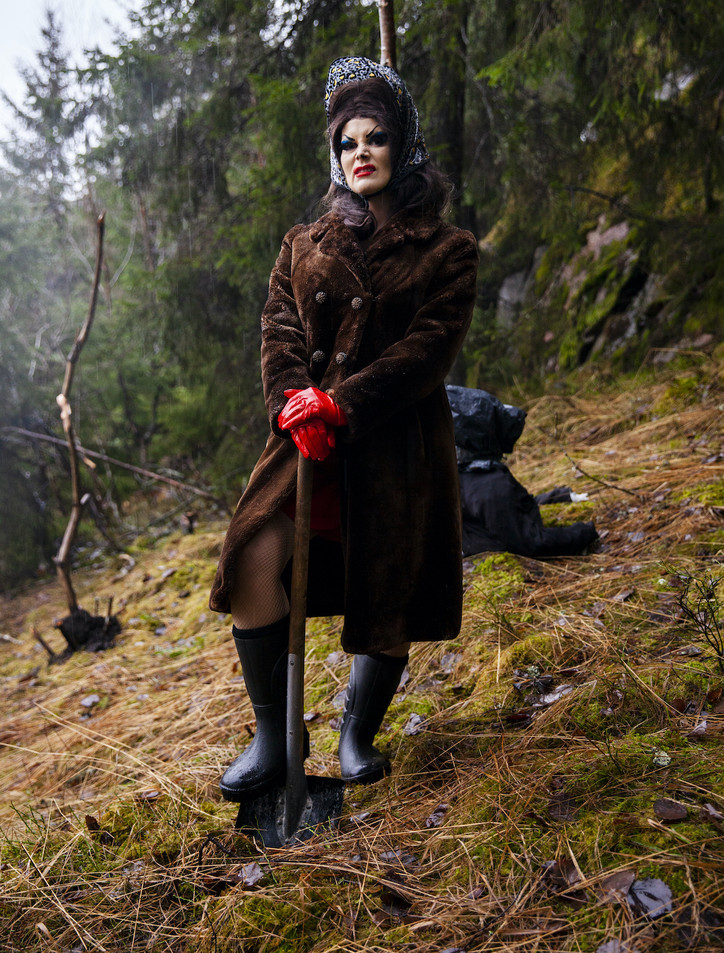
You have such a range throughout your discography. You use all of these different voices. How do you determine which voice to use in a song?
I think the voices are more assigned to different emotional spaces. It’s very intuitive. I try to find the right vocals to tell a specific story. And I have a sort of have a very large range myself, and then I also use a lot of machine programs to stretch it even more. But I think it's really fun to play with the idea of authenticity. My voice can be anything from here to there. And all of that is me. And it's a lot of fun to play with that.
As much as telling queer history is important, maintaining that element of joy, happiness and celebration within the context of queer histories is also really important. So I'm glad you're having fun. Thank you.
